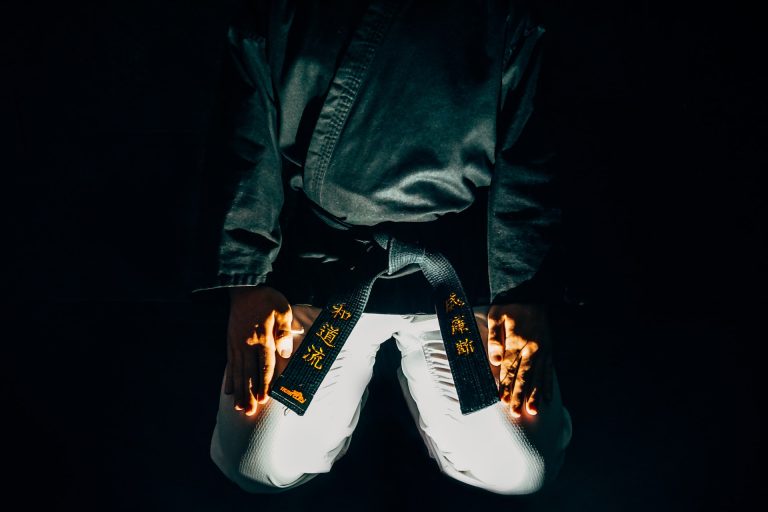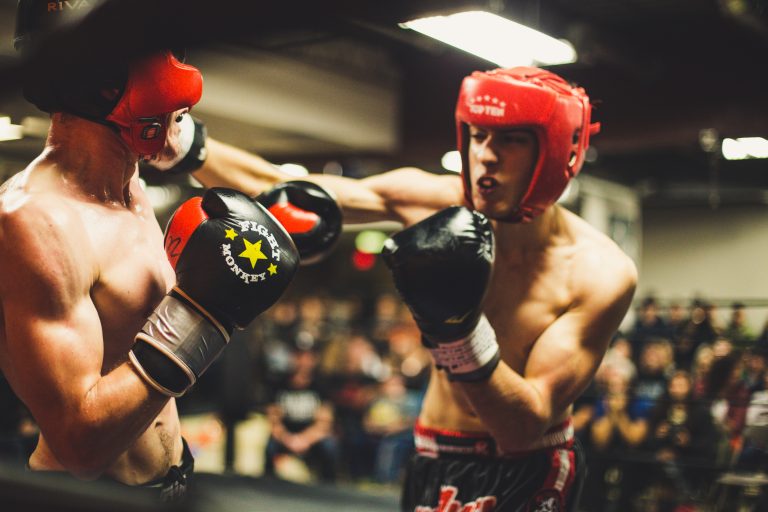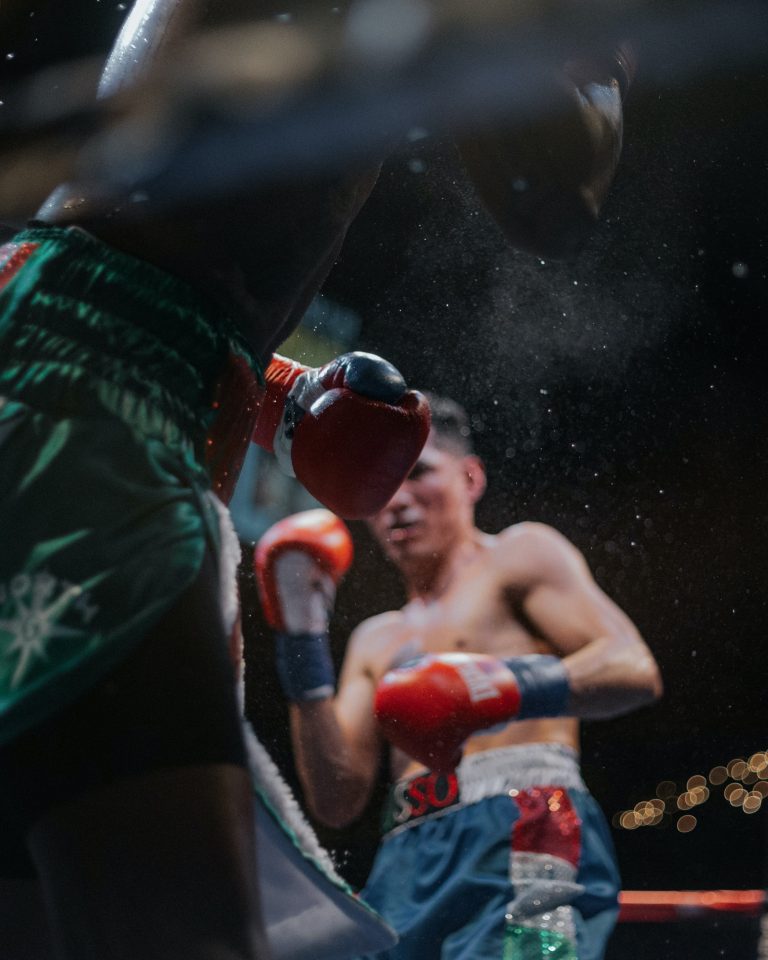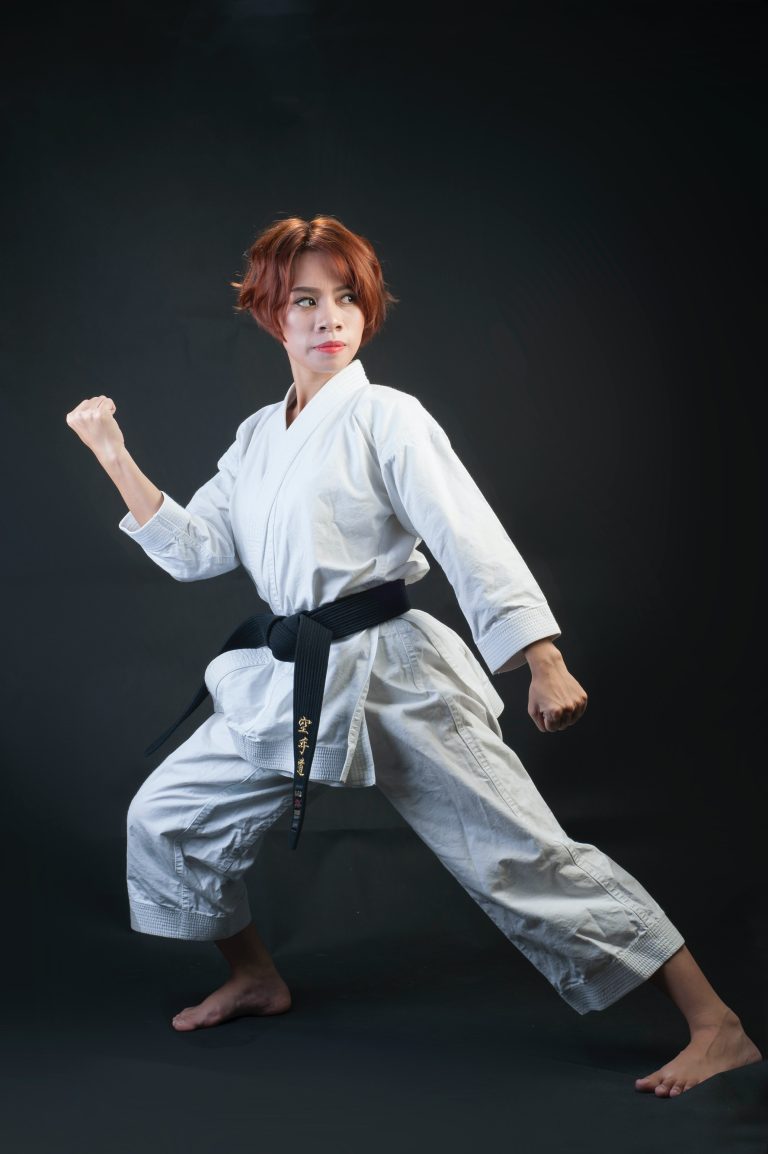What is Karate?
If you have ever heard of martial arts, then you’ve probably heard of Karate. This traditional form of Japanese martial arts has gained popularity all over the world due to its practical applications and striking techniques. Karate is a martial art that involves using punches, kicks, and strikes as self-defense mechanisms. Karate can be practiced as a sport, a form of physical exercise, or as a mental practice for personal development.
Karate has a rich history, and its roots can be traced back to the island of Okinawa in Japan. It was developed in the Ryukyu Islands during the 19th century as a means of self-defense against bandits that plagued the island. The literal translation of Karate is “empty hand.” It was developed to be a means of self-defense when weapons were not available.
The Different Types of Karate
There are many different types of Karate, each with its own unique style, but all schools of Karate share the same basic principles:
– Striking
– Kicking
– Blocking
– Throws and Joint locks
– Kata (patterns)
Here is a short list of some popular styles of Karate:
Shotokan Karate
This is probably the most well-known style of Karate. Shotokan is characterized by its long, deep stances and strong, powerful strikes. This style of Karate is often taught in schools and focuses on the development of discipline and self-control.
Goju-Ryu Karate
This style of Karate is characterized by circular movements and quick strikes. Goju-Ryu focuses on both hard and soft techniques, and is often taught alongside traditional Okinawan weapons.
Shito-Ryu Karate
Shito-Ryu is a combination of both Goju-Ryu and Shotokan Karate. This style of Karate is known for its combination of circular and linear movements. Shito-Ryu is often practiced in competitions and tournaments.
The Benefits of Practicing Karate
Practicing Karate offers a host of physical and mental benefits. Here are just a few:
Physical Benefits
– Improved Strength: Karate is an excellent form of exercise that builds muscle strength and endurance.
– Increased Flexibility: Karate training also prioritizes flexibility, which can help to prevent injuries and enhance mobility.
– Aerobic Conditioning: Karate is a great cardio workout that can improve cardiovascular health and endurance.
Mental Benefits
– Discipline: Karate emphasizes discipline and self-control, which can lead to increased focus and productivity in all walks of life.
– Stress Relief: The physical exertion of Karate can help to alleviate stress and anxiety.
– Confidence: Karate builds self-confidence and can help individuals to feel more self-assured in their daily life.
Final Thoughts
Karate is a well-respected martial art with a rich history and a number of practical applications. Regardless of why you choose to practice Karate, it can offer a host of physical and mental benefits that can impact your life for the better. Whether you are looking to improve your physical fitness, build confidence, or learn self-defense, Karate is a worthwhile endeavor. So why not give it a try?
Frequently Asked Questions About Karate Essay
Karate is a well-known martial art that originates from Okinawa, Japan. It is practiced all over the world, with millions of people taking up the discipline for its self-defense benefits, physical development, and character building. One aspect of learning karate is to understand its fundamental concepts, techniques, and history. In this blog post, we’ll provide answers to some of the most frequently asked questions about karate essay, so that you can gain a better understanding of what it is and how it can benefit you.
Q1: What Is a Karate Essay?
A karate essay is a written work that explores various aspects of karate. It can be about the history of the discipline, the philosophy behind it, the training techniques, or even personal experiences of practicing karate. It is often an academic assignment for students taking up martial arts courses, but it can also be a personal project for karate enthusiasts who want to deepen their knowledge about the discipline.
Q2: What Should Be Included in a Karate Essay?
A karate essay should include relevant information about the topic being discussed. For instance, if it’s about the history of karate, it should provide a brief background of the discipline and how it evolved over the years. If it’s about training techniques, it should explain the different aspects of the practice, such as stances, strikes, blocks, and kicks. A karate essay should also present a clear structure and organization, with an introduction, body, and conclusion. It should be written in a clear and concise language, with proper grammar and punctuation.
Q3: What Are Some Topics for a Karate Essay?
There are various topics that you can choose from when writing a karate essay. Some possible topics are:
– The history of karate: This can cover the origins of the discipline, the different styles that developed over time, and the role karate played in the cultural and social context of Japan.
– The philosophy of karate: This can explore the principles and values that underlie karate, such as discipline, respect, humility, and perseverance.
– The benefits of karate: This can discuss the physical, mental, and emotional advantages of practicing karate, such as increased strength, flexibility, focus, and self-confidence.
– The techniques of karate: This can delve into the different techniques used in karate, such as punches, kicks, blocks, and throws, and how to execute them properly.
– Personal experiences of practicing karate: This can share your own journey in learning karate, the challenges you faced, the lessons you learned, and the achievements you made.
Q4: What Are Some Tips for Writing a Karate Essay?
Here are some tips that can help you write a successful karate essay:
– Research extensively: Make sure you gather enough information about the topic you’re writing about. Use reputable sources, such as academic journals, books, and websites, to support your arguments.
– Organize your thoughts: Plan ahead and structure your essay in a logical and coherent manner. Use headings and subheadings to provide a clear flow of ideas.
– Use language appropriately: Write in a formal and academic style, using technical terms and martial arts jargon where necessary. Avoid using colloquial or slang expressions.
– Edit and proofread carefully: Check your essay for grammatical errors, spelling mistakes, and punctuation errors. Make sure your sentences are well-constructed and your paragraphs are well-balanced.
– Be original: Avoid plagiarism at all costs. Use your own ideas and words to express your views and opinions.
Q5: Where Can I Find Examples of Karate Essays?
There are various resources online where you can find examples of karate essays. You can search for academic databases, martial arts publications, or even personal blogs of karate enthusiasts. Make sure you read through the essay and evaluate its quality, relevance, and authenticity before using it as a reference for your own work.
In conclusion, a karate essay is an excellent way to deepen your knowledge and understanding of the discipline. By exploring different topics related to karate, you can gain insights into its history, philosophy, techniques, and benefits. When writing a karate essay, remember to do your research, organize your thoughts, use appropriate language, edit and proofread carefully, and be original. Happy writing!
What Is Karate Essay?
Introduction
Karate is a Japanese martial art that originated on the island of Okinawa in the early 20th century. It has since become one of the most popular martial arts in the world. Many people are interested in learning about karate, its history, and how to practice it. In this essay, we will provide a detailed guide on what karate is, its history, and how to practice it.
What is Karate?
Karate is a martial art that originated in Okinawa, Japan. It is a blend of various martial arts, including Chinese kung fu and indigenous Okinawan martial arts. Karate focuses on striking techniques, such as punches, kicks, and knee/elbow strikes. It also includes grappling, throws, and joint locks. Karate practitioners train to improve their strength, speed, agility, and discipline.
History of Karate
Karate has a long and fascinating history. It originated in Okinawa, which was a small island located between Japan and China. Okinawa was a hub for trade and cultural exchange, which meant that the island was exposed to various martial arts from China and Japan.
At the time, karate was known as “Okinawa-te” or “Toudi” which means “Chinese hand” due to its Chinese influences. However, after Okinawa was annexed by Japan in 1879, the practice of karate was suppressed. This led to the development of various styles of karate, such as Shotokan, Goju-ryu, Shito-ryu, and Wado-ryu.
Karate became popular in Japan in the 1920s and 30s, thanks to the efforts of influential practitioners such as Gichin Funakoshi, founder of Shotokan karate. In the 1960s and 70s, karate gained popularity worldwide, thanks to movies featuring martial arts actors like Bruce Lee, Jet Li, and Jackie Chan.
How to Practice Karate
To practice karate, you need a qualified instructor who can impart the correct techniques and guide you on your journey. Here are some basic steps to follow to get started:
Step 1: Find a qualified instructor
Look for a dojo or martial arts school that teaches karate. A qualified instructor is essential to learning karate correctly and minimizing the risk of injury. Make sure the instructor is experienced and certified to teach karate.
Step 2: Get the right gear
You will need proper karate gear for training, including a karate gi (uniform), belt, and protective gear such as hand and foot pads. Ask your instructor for recommendations on what gear to purchase.
Step 3: Learn the basics
Karate involves a lot of repetition and practice of basic techniques such as punches, kicks, and blocks. Your instructor will teach you these basics and guide you on proper form and technique.
Step 4: Practice regularly
Consistent practice is key to improving your karate skills. Set aside time for regular practice outside of class.
Step 5: Attend tournaments
Attending karate tournaments can help you gauge your progress and see other practitioners in action. It can also be an opportunity to network and learn from other skilled karate practitioners.
Conclusion
Karate is a fascinating martial art with a rich history and a worldwide following. To practice karate, find a qualified instructor, get the right gear, and practice consistently. With dedication and hard work, you can improve your skills and become a skilled practitioner of karate.
Inhaltsverzeichnis






